Early Career Scientist Spotlight
Mr. Iker Liceaga Indart
Mechanical Engineer
Heliospheric Physics Laboratory
What does a typical day at work look like for you?
As a Mechanical Project Development Lead, my current role involves mostly technical tasks but also management work. I usually invest part of my day doing detailed computer-aided design and analysis, which means conceiving the parts that we will launch into space in a 3D virtual environment. This activity requires conducting meetings with numerous team members, as many disciplines are required to put an entire satellite instrument together. Once the designs are ready, I spend time in machine shops, to define fabrication requirements and coordinate the procurement of all the mechanical parts. Being responsible for how the devices physically come together, I also need to assemble equipment with my own hands, something typically done in lab environments. Everything undertaken in parallel with project cost and schedule management duties.
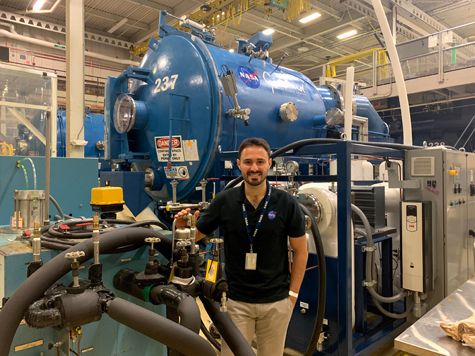
Credit: Iban Ibañez Domenech
What motivated you to pursue a career in engineering?
When I was a child, my parents did everything they could to foster my interest for learning. At an early age, I started developing a particular interest for science, machines, and robots. Starting high school, I did not know what specific career I would choose, but I knew that it needed to be science-related. That is when I was introduced to the different types of engineering, and their application of scientific knowledge to solve real-life problems fascinated me. I heard about the Industrial Engineering program offered by the University of Navarra, and I decided that it was the optimum path. It would make me a well-rounded engineer, being able to work across many disciplines to solve a wide variety of practical problems.
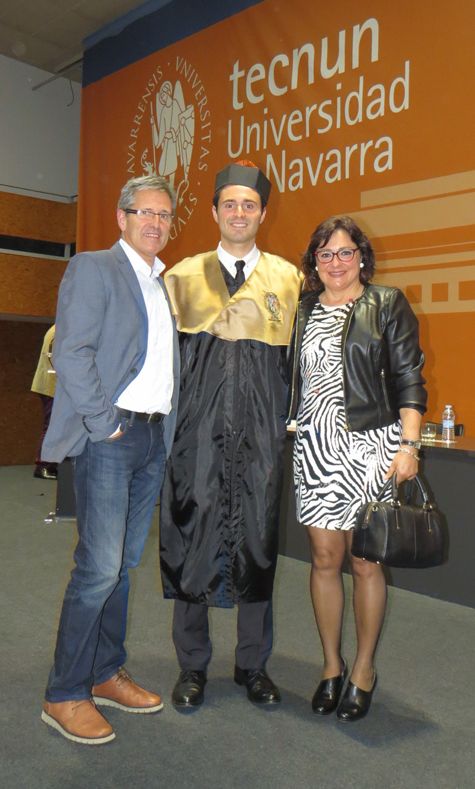
Credit: Iker Liceaga Indart
How did you end up working at NASA Goddard?
I finalized my Master’s degree with a research stay at the Massachusetts Institute of Technology (MIT), which introduced me to the American culture and its academic environment. I was deeply impressed by the quality of the projects and the great possibilities opening in front of me, so I started exploring ways to stay for the long-term. At this point is when the idea of working for NASA was triggered in my mind, along with a powerful determination to dedicate myself to space exploration. Such a career would combine everything I needed to feel fulfilled: multidisciplinary engineering problems, applying advanced technical knowledge to push the limits of science, and above all - a profound impact on society. Thanks to my mentor Dr. Teresa Nieves-Chinchilla, Españoles Científicos en USA (ECUSA), and a scholarship from Fundación Bancaria “la Caixa”, I came to NASA Goddard in October 2017, in affiliation with the Catholic University of America.
What is one of your favorite moments in your career so far?
My first project at Goddard required me to develop the mechanical design of a neutron spectrometer on a CubeSat mission: the Ionospheric Neutron Content Analyzer (INCA). I had the immense pleasure to work with Dr. Georgia de Nolfo, the PI of the instrument and my first NASA mentor. Her unconditional encouragement, trust, and support allowed me to adapt to the life at Goddard easily, and all our work came to fruition when we finalized the assembly of the instrument. After months of struggle, the neutron spectrometer was fully functional, making it one of the best memories of my career so far.
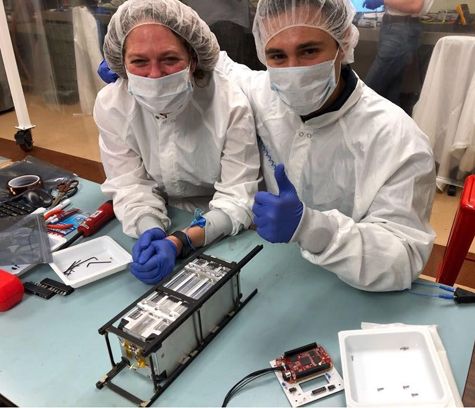
Credit: Georgia de Nolfo
What early career advice do you have for those looking to do what you do?
I would encourage all young students to try to find their true passion. It really pays off, as you will find yourself investing most of your time in something that has true meaning for you. Some people know what career they want to pursue from a very early age, but the vast majority of us do not – and it takes a lot of time and effort to find your way. However, perseverance and a genuine curiosity end up showing the path. Every time I can, I try to communicate this idea to children and minority groups in the D.C. area and Maryland, sharing my passion for space through talks and presentations in hopes of inspiring them. After that inspiration comes: just work relentlessly, trust your possibilities, and you will be able to reach for the stars.
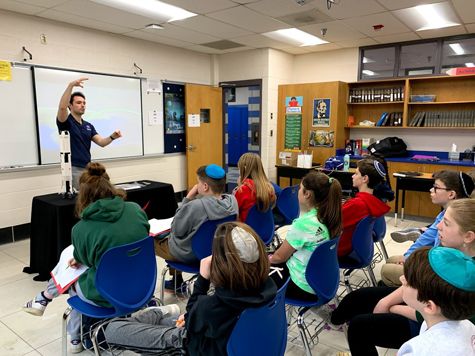
Credit: Jordi Vila Hernandez de Lorenzo
What do you like to do in your free time?
In my free time, I enjoy being very active. Apart from regular weightlifting, running, and swimming, I have a passion for trekking and backpacking. My hometown is in the Basque Country, a small and mountainous region close to the Pyrenees in the north of Spain. There are countless peaks and beautiful landscapes that I started exploring with friends when I was young, and that passion stayed with me over the years. Our land also faces the sea, which has made me appreciate its wonders through scuba diving. I also love to travel, learning about new cultures, and interacting with people from different countries as much as I can.
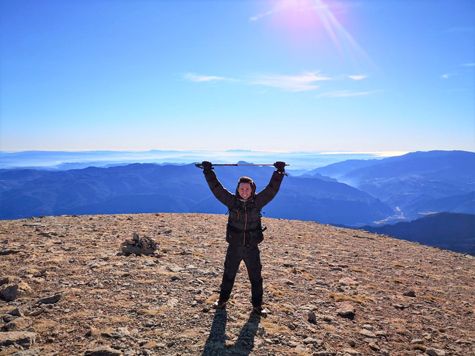
Credit: Iker Liceaga Indart
Who inspires you?
NASA role models like Neil Armstrong, Jim Lovell, Gene Kranz, or Chris Kraft are a reference for me in my everyday life. With their humility, courage, technical skill, and determination, I firmly believe they are the giants on whose shoulders we are standing today. However, I find even greater inspiration from people much closer to me – my family and friends. Each one of them brings true meaning to my life in a different way, and I am very fortunate to share every step of my adventure with them.
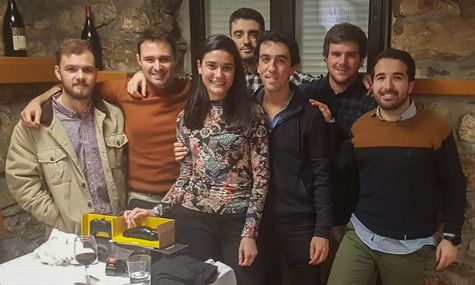
Credit: Iker Liceaga Indart
Biography
Home Town:
Andoain, Spain
Undergraduate Degree:
B.S. in Industrial Technologies Engineering, University of Navarra, San Sebastian (Spain)
Post-graduate Degree:
M.S. in Industrial Engineering, University of Navarra, San Sebastian (Spain)
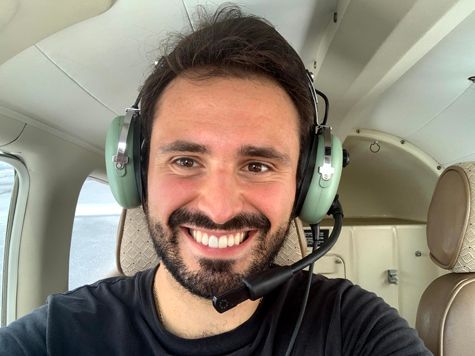
Link to Mr. Liceaga Indart's GSFC Bio
